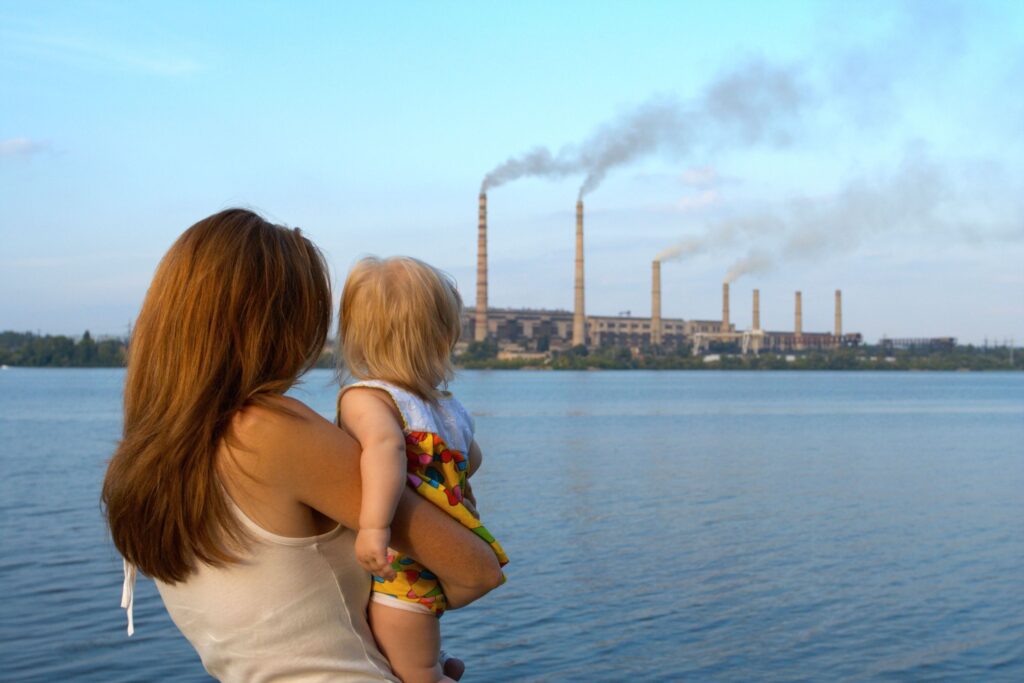The Guardian reports about a study from the U.K. that found that childhood and teen exposure to air pollution leads to people having more mental health problems when they’re 18. The study was published in JAMA Open.
In the study, the researchers found that people who had more childhood exposure to nitrogen oxides (NOx) and those with the highest level of fine particulate (PM2.5) exposure had more psychological problems at age 18. The increased risk was for all kinds of psychological problems: thought disorders (unusual thoughts and feelings, hallucinations), externalizing disorders (substance use such as tobacco, alcohol or cannabis, conduct disorder, and ADHD), and internalizing disorders (depression, anxiety, PTSD, eating disorders).
This study shows more ways that air pollution strongly affects children’s health. Knowing how the U.S. built polluting highways and put polluting factories and refineries in black and brown neighborhoods, it adds to evidence of how environmental racism is likely to hurt communities of color. It also shows that clean, renewable energy and transportation (including electric school buses) will really improve children’s health, reduce misery and suffering, while also fighting climate change. And we assume that reducing mental health problems will save plenty of healthcare and other costs.
We know so much about how polluting fuels for energy, transportation, and industry are harming our health through air pollution and climate change. We need to get busy and just clean it up – switch to clean renewable energy and transportation, with extra attention to communities of color that we have disproportionately harmed for many decades. No more waiting or hoping it will get fixed in the future – we need to get busy now fixing what we have done.
Researchers followed about 2000 children from birth to age 18 as part of an environmental risk study. They determined air pollution exposure based on where the person lived at age 10 and 18. The researchers were able to adjust for family and neighborhood characteristics that increase risk for psychologicial problems.
In the study, most of the NOx and PM2.5 comes from living in neighborhoods with traffic-related air pollution.
Read the article in The Guardian.
Read the study in JAMA Open.
05/21/2021





